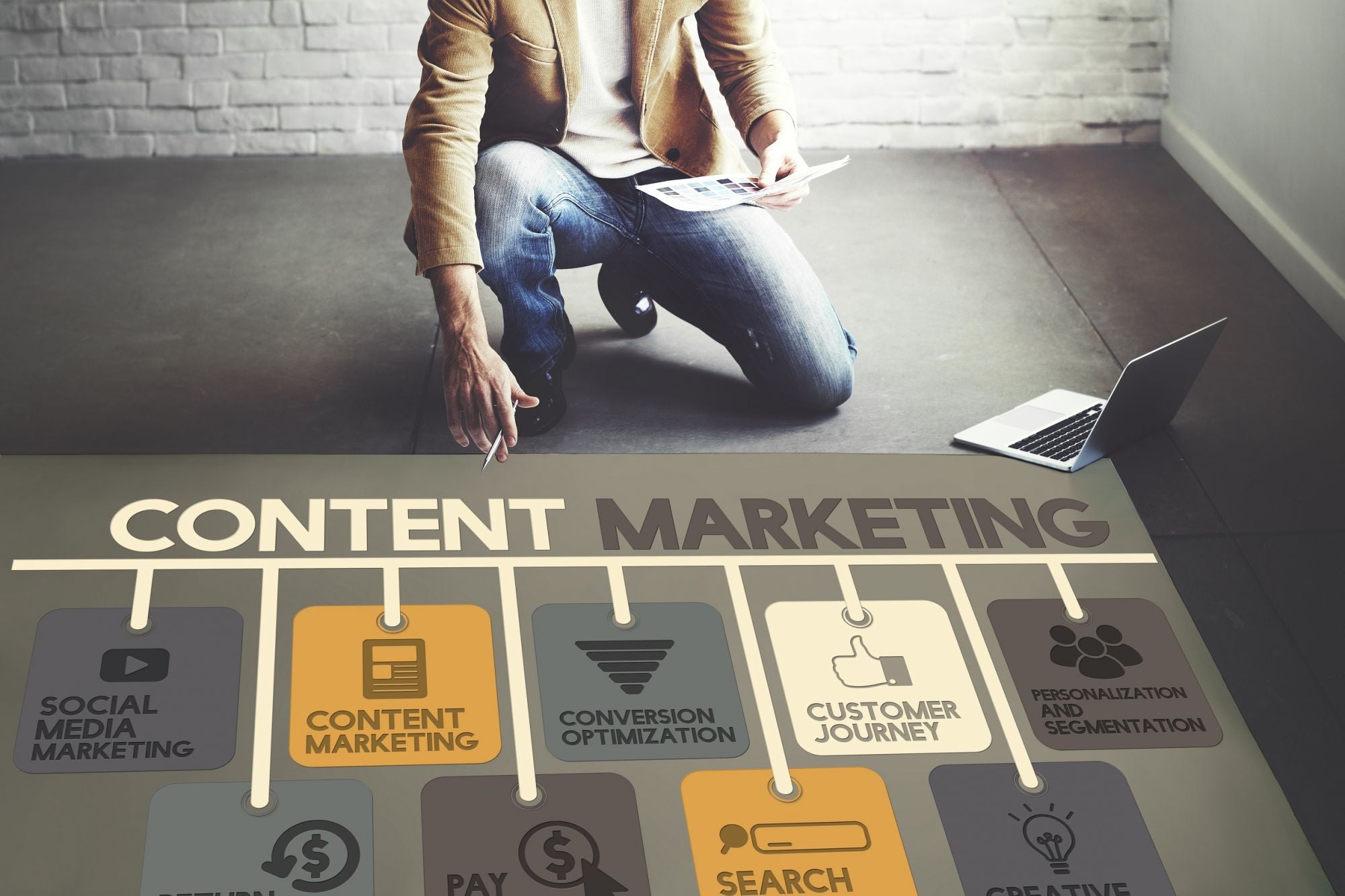Constructing a Sustainable Future Through Infrastructure Choices Achieving sustainability is ultimately a balancing act that involves weighing up the need to future-proof for long-term viability against the short-term, potentially increased costs of creating adaptive infrastructures.
By Belinda Wade
Opinions expressed by BIZ Experiences contributors are their own.
You're reading BIZ Experiences Asia Pacific, an international franchise of BIZ Experiences Media.

(This article has been co-written by Dr. Belinda Wade, lecturer in strategy & BIZ Experiencesship discipline, UQ Business School; and Professor Andrew Griffiths, executive dean - Faculty of Business - Economics and Law.)
Convenience and disposability is prized in modern society: from seasonal fast-fashion trends to takeaway coffee cups.
The concept of building something to last had, until recently, become something of an antiquated novelty. In recent years, however, we have begun to understand the long-term costs of a throwaway existence and started tipping the fulcrum back towards the ideals of longevity and sustainability.At a microlevel, this is demonstrated through single-use plastic bag bans and uptakes in recycling and repurposing goods.On a larger scale, there is a drive to design and construct buildings and service infrastructure with sustainability issues firmly at front of mind – from resource use to greenhouse gas emissions.
At the heart of sustainability is the need for balance across environmental, financial and social outcomes. When we consider organisational sustainability, our natural inclination is to consider the actions that occur within buildings without considering the impact of the built environment itself on sustainability.
According to Infrastructure Australia's Infrastructure Priority List there are 121 significant project proposals in a $58 billion pipeline of projects.
The design and construction choices made within these projects have the power and potential to influence and shape the future sustainability of Australia.
We can better understand the sustainability considerations in infrastructure across four key phases:
1. Design
Sustainable design is critical if infrastructure developments are to endure uncertain futures defined by increasing population, urbanisation, resource constraints, technological advancements, climate change and business model innovation. Within the design process, opportunities exist for circularity between local infrastructure and for incorporating future trends towards autonomous electric vehicles, distributed energy, connectivity, intelligent transport systems and smart grids. The design can also dictate resource consumption and ration the use of scarce materials.
2. Construction
Choices made in sourcing materials, adopting techniques and managing employees and contractors combine to determine the project's impact during its construction phase. There is a growing market for environmentally positive building materials, which extend beyond the glue-laminated timber used by Lendlease to products made from bamboo, crushed glass, engineered natural sand, AshCrete and recycled plastic.Regulation and legislation play defining roles as either accelerators or barriers to the adoption of these and other alternative products. For example, the widespread adoption of AshCrete, an eco-friendly concrete, could considerably reduce global emissions if challenges to regulatory acceptance are overcome. There is also potential to incorporate smart products with dual purposes such as solar windows for energy generation.
3. Utilisation
Once complete, the built structure will continue to impact natural and social environments so consideration should be given to how it is used. Will it shape behaviours and choices and even act to educate people about sustainability? Building access, the placement of stairs, natural lighting, waste facilities and areas of interaction can all positively contribute towards the environmental and social aspects of sustainability.Taronga Zoo is proactively progressing its own initiatives by actively seeking to educate its visitors about sustainability. Brisbane's Howard Smith Wharves development incorporates community space and a riverfront walkway to connect the precinct to the Brisbane CBD and New Farm area.
4. Future-proofing
Abraham Lincoln said: "The best way to predict the future is to create it." In the context of sustainability and infrastructure, the future needs to be embedded in all plans. Demolishing existing infrastructure which no longer adequately meets the needs of users has a significant environmental cost. Right from the design phase, projects need to accommodate factors such as climate change impacts on the physical and natural environment, evolving societal expectations and new technologies.
Achieving sustainability is ultimately a balancing act that involves weighing up the need to future-proof for long-term viability against the short-term, potentially increased costs of creating adaptive infrastructures.
Once we strike this balance, we can reap the innumerable benefits of long-term sustainability.













